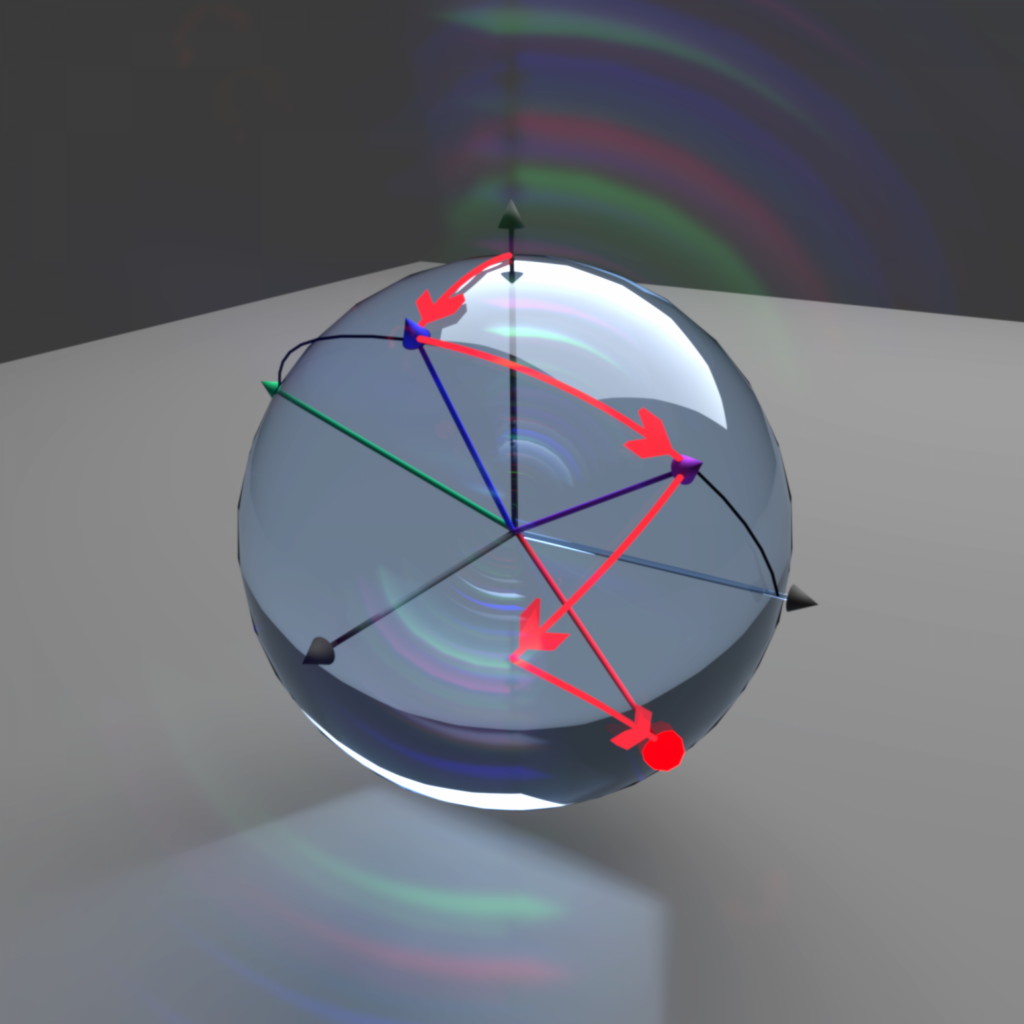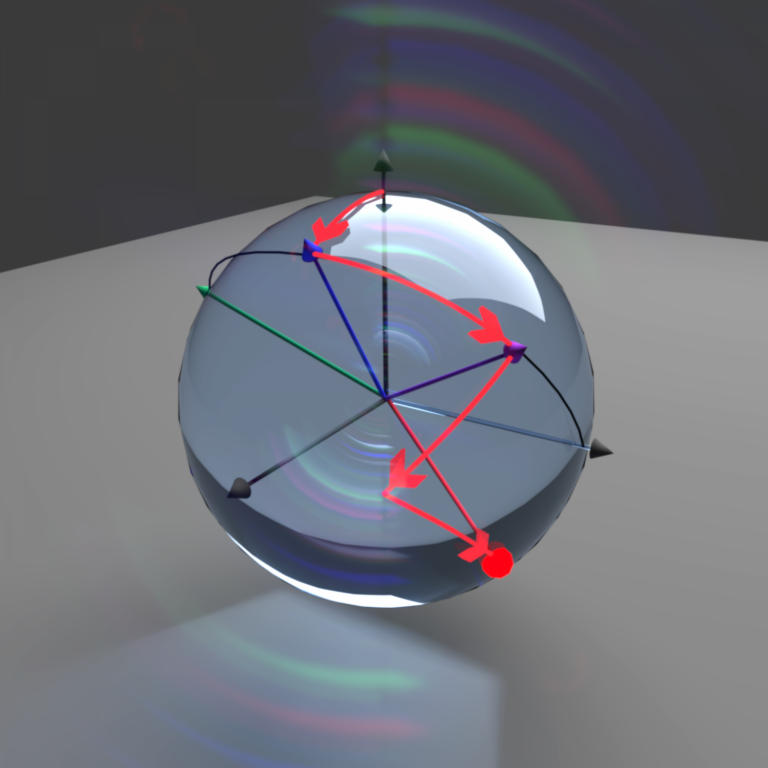Scientists Achieve Significant Progress in Quantum State Measurement
A significant advancement in the complete characterization of quantum states has been highlighted in a prestigious Editors’ Suggestion in the journal Physical Review Letters. The full characterization (tomography) of quantum states is imperative for the future of quantum computing. However, traditional techniques fall short when dealing with the extensive quantum bit-strings essential for full-scale quantum computers.
A research team from the Quantum Photonics Laboratory at RMIT University and EQuS at the University of Sydney has introduced a groundbreaking technique for quantum tomography—self-guided quantum tomography. This innovative approach paves the way for characterizing large quantum states and demonstrates resilience against unavoidable system noise.
Dr Alberto Peruzzo, Director of the Quantum Photonics Laboratory, expressed the significance of this advancement, stating, “This is a significant step forward in quantum tomography. Our technique is universally applicable to all quantum computing architectures worldwide.” “Characterizing quantum states poses a substantial bottleneck in quantum information science. Self-guided quantum tomography employs a search algorithm to iteratively ‘discover’ the quantum state.”
Peruzzo further explained, “This technique markedly reduces the required resources by eliminating the need for any data storage or post-processing.” Robert Chapman, the lead author and RMIT PhD student, emphasized that their technique is much more robust against inevitable noise and experimental errors than standard methods. The team experimentally characterized quantum states encoded in single photons—individual particles of light.

While photons are a promising candidate for future quantum computing, the method is adaptable to other quantum computing architectures, such as ion traps and superconducting qubits. Chapman noted, “In our experiment, we engineer the level of noise to extreme levels to test the performance of our algorithm. We demonstrate that self-guided quantum tomography is significantly more robust against noise than standard tomography.”
The researchers hope that research groups will adopt their technique as a valuable tool for characterizing large quantum states, contributing to the advancement of future quantum technologies. The research, titled “Experimental demonstration of self-guided quantum tomography,” has been published in Physical Review Letters and is accessible online.
This article is republished from PhysORG under a Creative Commons license. Read the original article.
Do not forget to share your opinion with us to provide you with the best posts !




0 Comments